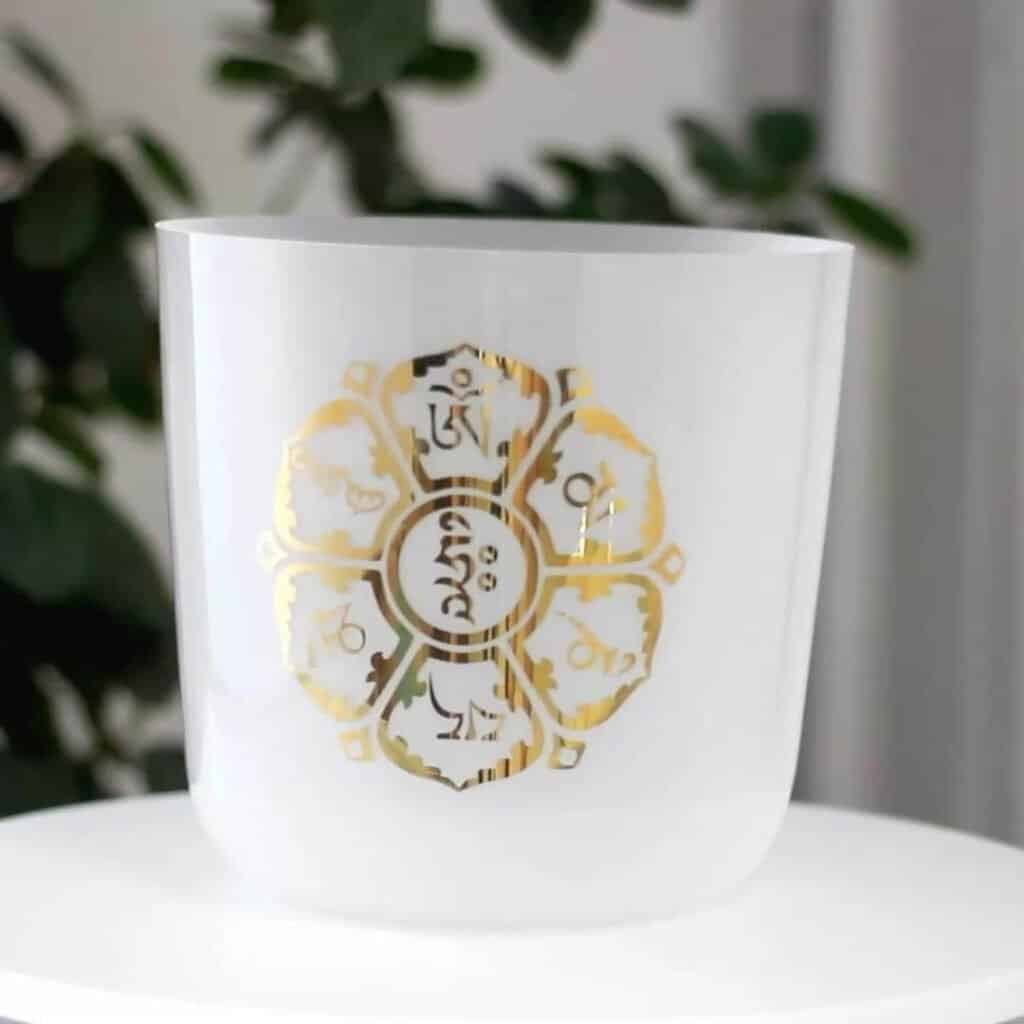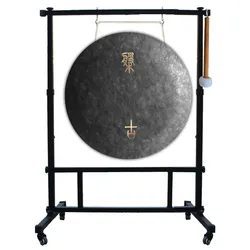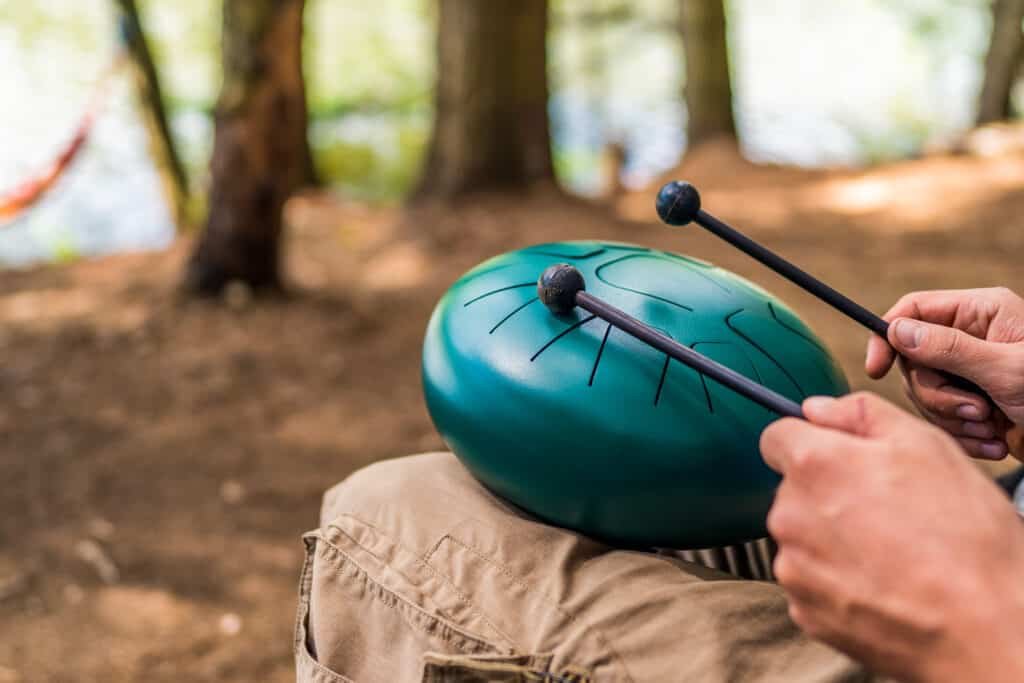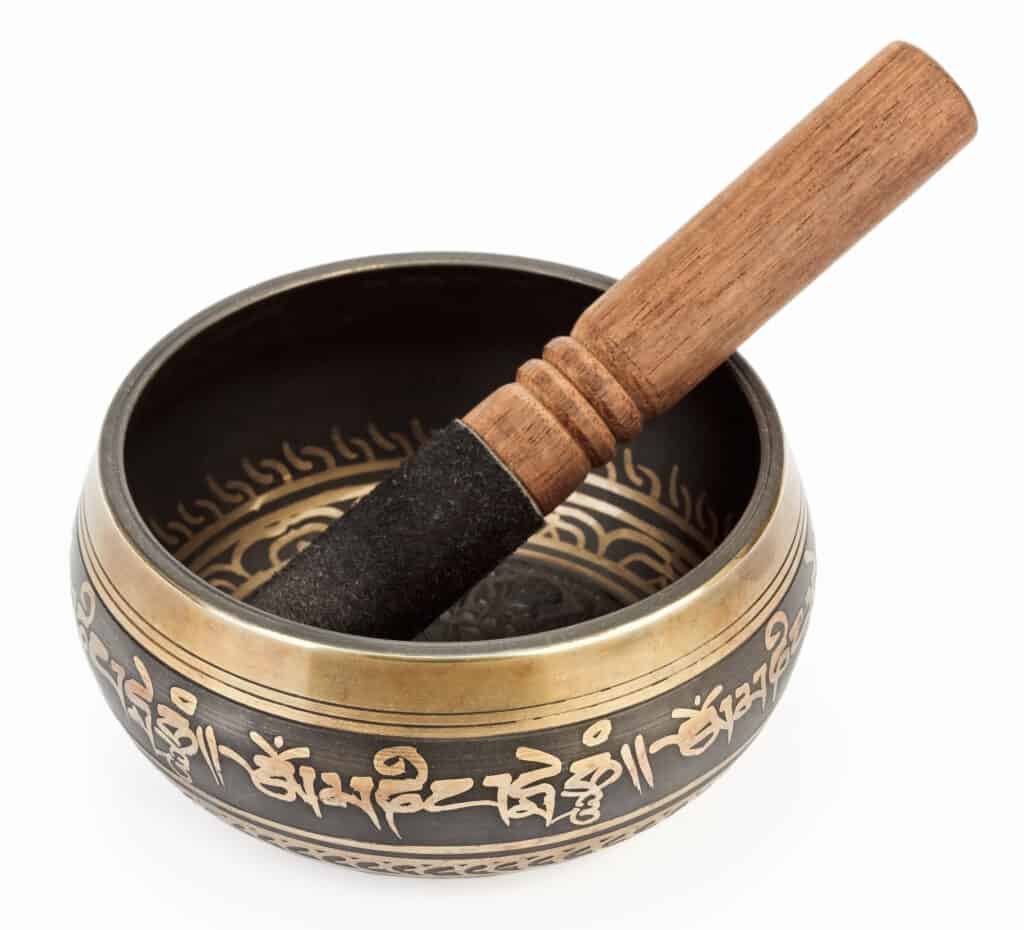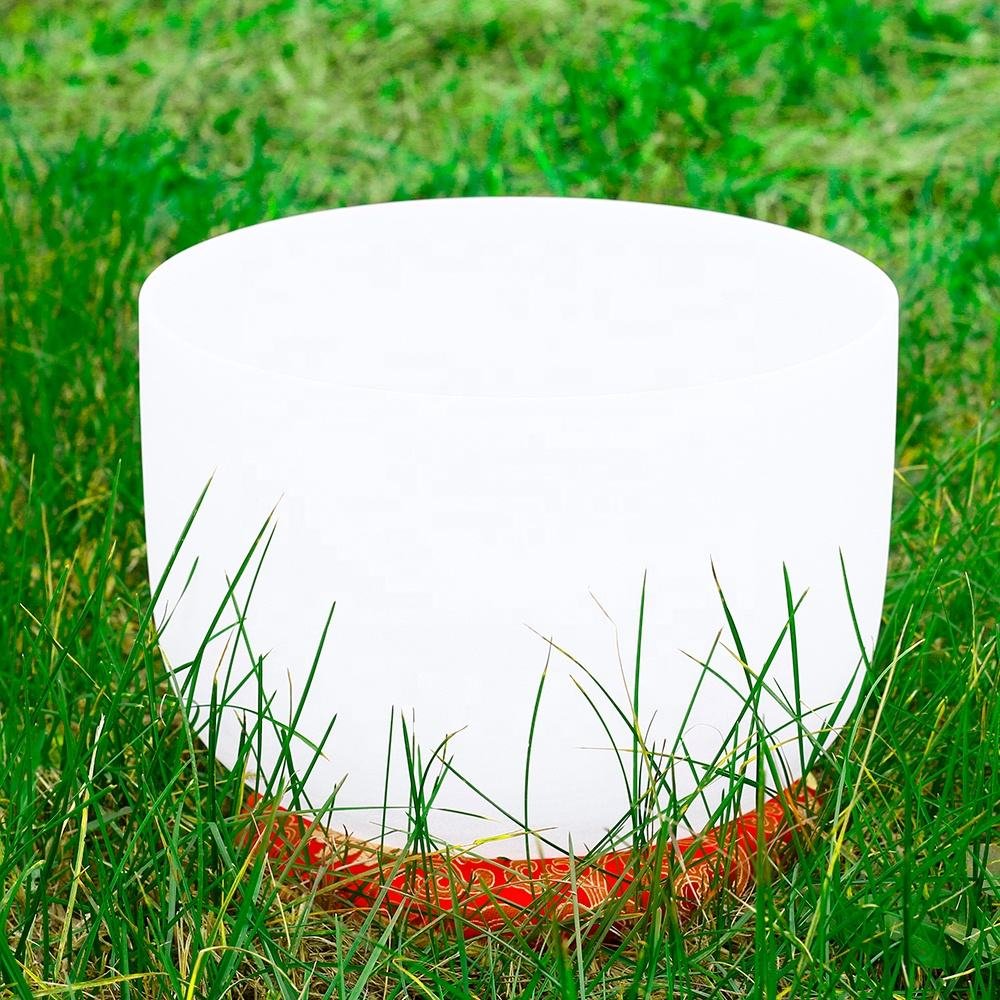Introduction
Recording a meditation with music is a great way to relax and restore your energy. It can also be a great tool for spiritual growth and exploration. Music can help to create a peaceful and calming atmosphere, which can help you to get into a relaxed and meditative state. In this guide, we will discuss the steps and equipment needed to record a successful meditation with music. We will also discuss some tips for creating the perfect atmosphere for your personal meditation. With the help of this guide, you will be able to create a calming and peaceful environment for yourself, and enjoy the benefits of a successful meditation session.
Recording Your Own Guided Meditations with Music: Tips for Beginners
Creating a guided meditation with music can be a rewarding and transformative experience. Whether you are a beginner or more experienced meditator, this article will provide you with tips to help you create your own guided meditations with music.
First, you will need to choose the type of music you want to use. Music can be a powerful tool for inducing relaxation and encouraging mindfulness. You may want to select calming music that evokes feelings of peace or uplifting music to help you stay motivated. Once you have chosen your music, you can start to create your meditation.
Start by writing down the steps of your meditation, including the main points you want to focus on. Consider what type of language you want to use and how you can use it to create a soothing atmosphere. Also, think about the visualizations you want to include and what images you want to help people engage with.
Next, you can begin recording your meditation. If you have access to recording equipment, you can easily record your own voice using a microphone. Otherwise, you may want to use a text-to-speech program to help generate a computer-generated voice. When you are recording, remember to speak slowly and clearly, and be mindful of the pauses you add in between your words.
Finally, you can mix your recording with the music you have chosen. This can be done using audio mixing software, such as Audacity. As you mix the music and your recording, be mindful of the levels you set for both and ensure that the music does not overpower your voice.
How to Use Music to Deepen Your Meditation Practice
Meditation is a practice that has been around for centuries, with many cultures and religions utilizing it to find inner peace and spiritual enlightenment. Adding music to your meditation practice can be a powerful way to deepen your experience and help you reach a higher level of relaxation. Here are some tips for using music to enhance your meditation practice.
First, pick a piece of music that resonates with you. Choose something that has a calming and soothing quality to it. This could be a classical piece, a soft instrumental, or even a guided meditation track. Make sure the music is free from distracting noises or lyrics, as these can take away from your meditation experience.
Next, set aside some time each day to listen to the music while you meditate. To get the most out of it, make sure to sit in a comfortable position and close your eyes. Focus on your breath and allow your body to relax. As the music plays, let your mind drift and take in the sounds.
If you’re having trouble focusing, try listening to the music without any other distractions. This could mean turning off your phone, closing the blinds, or even meditating in a quiet room. You can also try using binaural beats, which are special frequencies designed to create a meditative state.
Finally, make sure to keep your meditation practice consistent. This will help you become more familiar with the music and get used to the feeling of entering a deep meditative state. As you practice, you may find yourself reaching higher and higher levels of relaxation.
How to Use Music to Guide Your Meditation Practice
Meditation is a practice that has been used for thousands of years to help people relax and find inner peace. While many people are familiar with traditional meditation techniques, such as focusing on their breath or repeating a mantra, using music as a guide can add a unique element to the practice. By carefully selecting the right type of music, you can use it to guide your meditation practice and achieve deeper states of relaxation and mental clarity.
First, find a type of music that is calming and soothing. This can include anything from instrumental classical music to ambient soundscapes. Make sure to choose music that has no lyrics, as lyrics can be distracting and take your focus away from the meditation. If possible, it is best to use music that has been specifically designed for meditation, as it usually has a slower tempo and can be more effective at helping you relax.
Once you have chosen the type of music you will be using, it is important to consider how you will use it in your meditation practice. Many people prefer to focus on the music itself, allowing it to wash over them and take their mind away from the stresses of everyday life. Others may prefer to use the music as a way to focus their attention on their breathing or a particular mantra or phrase.
Finally, it is important to find a comfortable place to practice your meditation. Find somewhere quiet where you won’t be disturbed and make sure you have the right equipment, such as headphones and speakers, so that you can listen to the music at a comfortable volume.
Creating a Playlist for Your Meditation Practice: What to Consider
Meditation can be an incredibly beneficial practice for both your mental and physical health. Creating a playlist of music to accompany your meditation can help you to achieve a deeper state of relaxation and focus. When selecting music for your meditation practice, there are a few key factors to consider.
First, it is important to be mindful of the tempo of the music you choose. Music with a slow, steady tempo is ideal for meditation, as it can help to slow your heart rate, reduce stress, and promote relaxation. Music with a faster tempo can be distracting and may make it difficult to sustain a meditative state.
Second, the type of music you choose is also important. Ambient music with few or no lyrics is often recommended for meditation, as lyrics can be distracting. However, some people find that certain types of lyrical music can be calming and help them to connect with their inner self.
Finally, keep in mind the sound quality of the music. Music with poor sound quality can be jarring and distracting. Look for music that has rich, clear sound and minimal background noise.
Tips for Enhancing Your Meditation Practice with Music
1. Start with calming music: Ambient, classical, or nature-inspired sounds are ideal for beginning your meditation practice. Select a piece of music that is calming and peaceful to help set the tone for the meditation session.
- Use consistent music: Consistency helps to create a sense of familiarity and comfort. If you find a piece of music that you enjoy, stick with it for a while as it will help you to relax more quickly and easily.
- Choose music that resonates with you: Music can evoke powerful emotions and memories, so select music that resonates with you in a positive way. This could be music that has spiritual or religious significance to you, or even music that is associated with good memories.
- Listen with intention: When listening to music during meditation, pay attention to the sounds and how they make you feel. Focus on the feeling of inner peace and relaxation that the music brings.
- Keep the volume low: It is important to keep the volume of the music low when meditating. Listening to music at a low volume encourages focus and concentration on the present moment.
- Allow yourself to be moved: Allow yourself to be moved by the music and let it be a part of your meditation practice. Music can help to deepen the meditation experience and bring about a greater sense of peace and relaxation.The Benefits of Combining Music and Meditation: How to Choose the Right TracksMeditation and music are two powerful tools that can be used to attain physical, mental, and emotional wellbeing. Combining the two can be an incredibly powerful experience, helping to open up the mind, reduce stress, improve focus, and increase relaxation. However, selecting the right music for meditation can be a bit overwhelming. To help you choose the right tracks for your meditation practice, here are some tips.
Conclusion
Recording a meditation with music can be a great way to relax and unwind. It can also be used to help create a more mindful and focused practice. To record a meditation with music, it is important to select music that will help create a calming and peaceful atmosphere. Additionally, it is important to be mindful of the volume of the music and sound levels when recording. With the right music and volume levels, recording a meditation with music can be a great way to relax and benefit from the practice.




